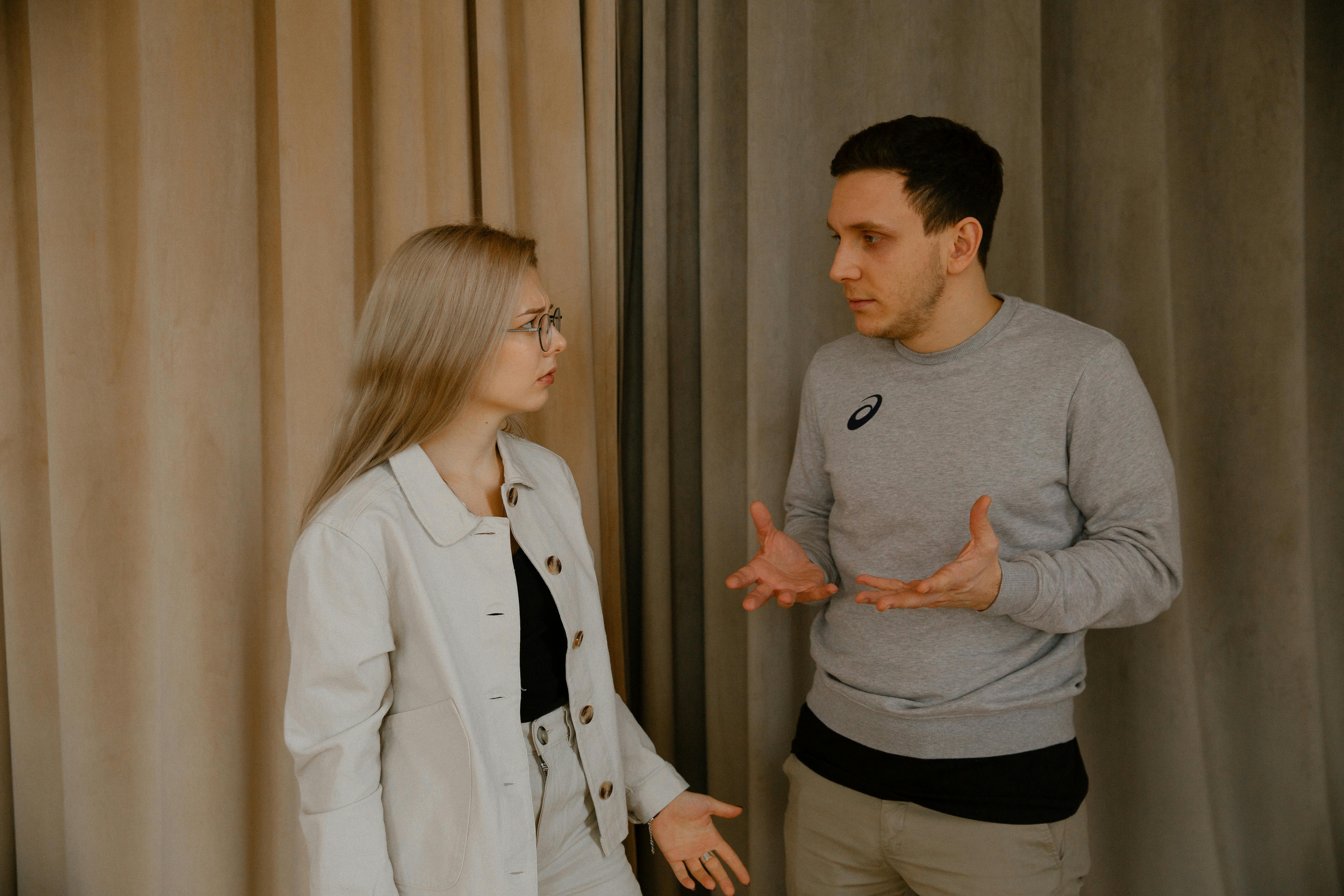
A buggy location
Well folks, the school year is about to start once again and as such parents have raised concerns about the head lice problem. It is estimated that between 6 and 12 million Americans, mostly children, are infected with head lice annually. Being a homeschool provider for my grandson, I don’t worry too much about this issue, but others may not be so lucky.
The head louse is a wingless insect that spends its entire life on the scalp and feeds on human blood. Strangely, only humans and certain members of the ape family are prone to these parasites. Head lice differ from body lice in that they tend to attach their eggs to the hair on the scalp rather than clothing. These lice cannot fly and their stubby legs make them unable to jump, so they spend most of their four weeks of life in the same place.
Adult head lice are extremely small and range in size from just 1 to 3mm long and usually appear gray in color. Their exact hue depends on their surroundings, and they will often appear to take on a reddish hue after consuming human blood. Lice’s mouths are specially adapted to pierce the skin and suck blood from their victims. The amount of time needed for head lice to complete their development is usually eight to nine days. I do not intend at this time to dwell on a biological discussion of lice at this point, but I do intend to get directly to their effects on the human host.
Head louse eggs attach to the hair shafts of the host near the base. After the eggs hatch, the louse leaves the eggshell attached to the hair shaft. This empty shell will remain in the same place until physically removed by the host.
You have no doubt heard the term “nits” mentioned in reference to head lice. This word indicates the empty louse eggs or the louse nymph. Generally, these are the visible eggs or the remains of hatched eggs. Now that we have discussed the characteristics of these wretched creatures, let us move on to how we can effectively rid the human body of their effects.
listerine
In home journals there are many various methods used by mankind to rid their bodies of these lice in addition to the usual pesticide methods. After doing some preliminary research, I found that using store brand Listerine tends to work very well. The directions say to apply it to your head every night to interrupt the lice life cycle.
It is recommended to saturate the head with the Listerine using a spray bottle. After a good moisturizer, wrap your hair in an inexpensive shower cap to keep it in place. After several hours, wash off the Listerine in the shower and follow up with a cheap coconut conditioner like Suave and finally style your hair. I mention coconut conditioner because lice don’t care about the smell. To remove nits you can use vinegar or mayonnaise to loosen their hold on the hair follicles. The point here is to kill them with Listerine and rinse them with vinegar.
Some people claim that you could also use products like baby oil, Vaseline, or VO-5 in the tube, essentially anything greasy or oily. Naturally, you will still have to comb out the nits.
Mayonnaise
A hair salon owner once commented that since she would never use any kind of chemical treatment on a child, using mayonnaise is the best option. Be sure to use regular mayonnaise and not the light version. Applying mayonnaise to your hair before bed tends to achieve the same effect as chemicals. After applying cover the hair with a plastic cap and the next morning proceed to wash, rinse and finally comb the nits. She goes on to explain that the mayonnaise technique does not kill the eggs but only suffocates the lice, thus the reason for continuing the treatment for several days.
olive oil
People have had some success in the past using olive oil to get rid of lice. Just soak your scalp with the oil and let it sit for an hour or so. This method has a beneficial side effect: you also tend to get a good conditioning treatment for your hair. At the end of the hour wash and comb your hair.
You are now ready and armed with natural knowledge in case you come across a case of head lice on yourself or your children. Good luck this school year.
Copyright @2011 Joseph Parish
http://www.survival-training.info